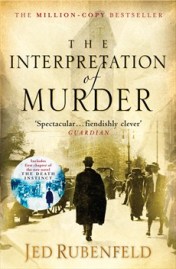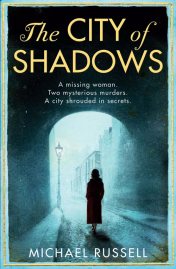The death of debutante Elizabeth Rutherford and the attack on Nora Acton the following night coincides with Sigmund Freud’s arrival to New York. The latter is due to deliver a series of lectures at Clark University. Rubenfeld proposes his hypothesis for the latter’s dislike of the US, which forms the backbone to this thought-provoking novel.
Detective Littlemore heads the investigation’s inquiries, while Freud entrusts Stratham Younger, the first-person narrator of the novel, to conduct several psychoanalysis sessions with the surviving victim, Miss Acton. This is where this unique novel comes into its own, as we gain an insight into Freud’s psychoanalytic methods and his beliefs, specifically in regards to the Oedipus complex. We also encounter some Shakespeare, through Stratham’s alternative interpretation of Hamlet’s ‘To be or not to be’ speech.
The picture of the US at the turn of the twentieth-century painted by Rubenfeld captures the country’s immense growth; economically, populously and physically, with the appearance of many skyscrapers. The author’s tendency to shift from this development to a Freudian conspiracy or a murder investigation may cause confusion for some. I, however, feel that this shift in perspective reflects the disjointed nature of a murder inquiry, while adding to the suspense of this exciting novel.
For the most part, the institutions of law and psychology remain apart, pursuing separate leads, nonetheless, we see a merging of the two, highlighting the importance of latter particularly, in criminal inquiries. Some may point out a few inconsistencies in The Interpretation of Murder, but I personally think that this novel, full of shocking twists, will keep you thinking throughout. A superb debut from Jed Rubenfeld; I look forward to reading its sequel The Death Instinct.




